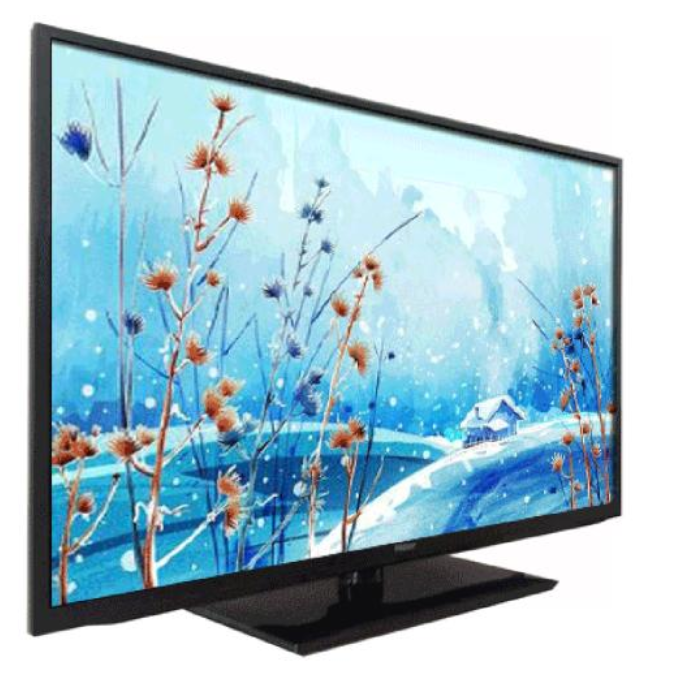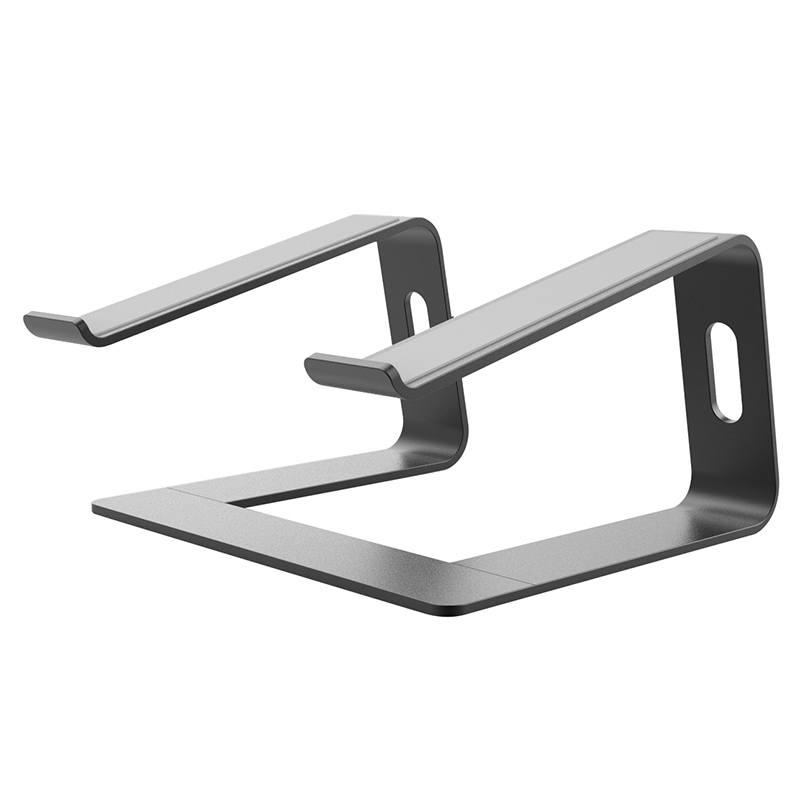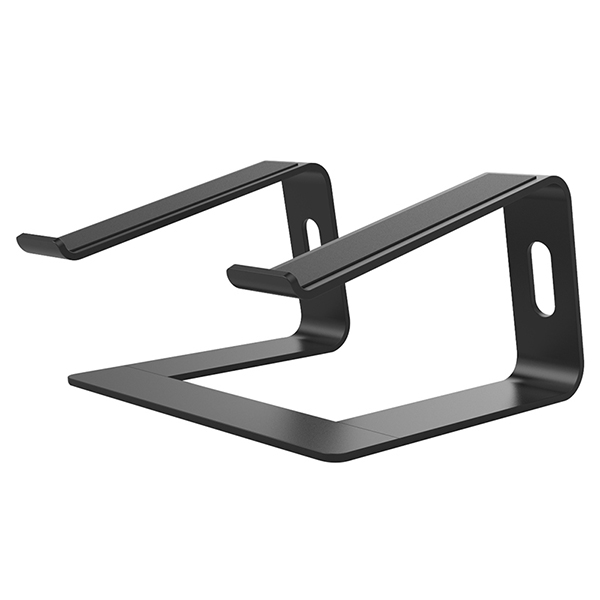A new round of competition for color TV is about to strike. In the overseas dispute between traditional TV and Internet TV, traditional TV is still in a dominant position, and domestic TV has its own advantages. From the perspective of the advantages of all parties, the same strength of Internet TV can not be underestimated, the global market winds will always be a change, in addition to fight big screen, fight AI, Hisense, TCL, what should pay attention to the sea?
The 2018 International Consumer Electronics Show (CES) opened recently in Las Vegas, USA. Exhibitors include many famous domestic and international TV brands such as Hisense, TCL, LG, Samsung, etc. All kinds of black technology products are at the show. Compete.
For the killing contest of domestic smart phones, I believe that everyone has become commonplace. In contrast, the competition in the TV industry seems to be low-key and soft, but it is not. Like domestic smartphones, domestic TVs are also facing a situation of weak growth in the domestic market. In order to find incremental, domestic TV brands also have a determination to expand overseas.

Recently, the expansion of domestic smart phones has become increasingly fierce. Based on domestic high market penetration and other factors, smart phones have become saturated in the domestic market, from an incremental market to a stock market. Coincidentally, domestic TV is also facing the reality of weak growth.
In 2016, the development of China's TV industry continued to experience two major challenges. First, the price war situation began in the first half of the year, and the panel price rose in the second half of the year. Under the attack of two rounds of challenges, domestic manufacturers are facing difficulties. According to the survey, China's color TV shipments in the first half of 2017 were 22.51 million units, a year-on-year decline of 10.8%. The growth of color TV market was slow. In addition, in the third quarter of 2017, the retail sales of the domestic color TV market was 10.41 million units, a year-on-year decrease of 12.9%.
In the situation that the domestic color TV situation has become difficult, many domestic TV brands have already embarked on the road to sea, and the competitive situation has become increasingly fierce. To keep up with the pace of the market, it has to follow the trend of the industry.
In 2017, the focus of the color TV industry focused on intelligence, laser, voice, etc. By 2018, in the absence of major technological breakthroughs in the industry, the global hotspots in the color TV industry are expected to revolve around large screens, visuals, and AI. aspect.
Let's talk about big screen and visual enjoyment. Large-screen TVs seem to be an irreversible trend when users are increasingly demanding visuals. To this end, various manufacturers have launched large-screen TVs, and even have TVs that can adjust the size of their TVs. It is estimated that this year, the price of TV sets with a price range of more than 10,000 yuan will account for more than 80% of the screen size of 65å‹ and above.
Let's talk about AI. AI products have experienced explosive growth last year, of which AI TV has increased by 80% in the domestic market. Under the advancement of AI technology, AI TV's functions such as far-reaching voice and voiceprint recognition have been greatly released. In this regard, AI TV will inevitably continue to "occupy" the hot spot of the color TV industry, and will become the "resident guest" in the color TV industry.
It is foreseeable that in addition to paying attention to the competition hotspot of the color TV industry in the new year, there are still many places to consider for domestic TV, such as brand recognition of foreign consumers, consumer psychological appeal and brand after-sales issues, etc. Different regions in the world must adopt different strategic styles and try to adapt to the problems that may arise from the "acclimatization of water and soil".
The overseas dispute between traditional TV and Internet TV: the former is temporarily leading, the latter cannot be underestimatedOnce upon a time, the rise of domestic Internet TV has given many traditional TV manufacturers a head-on blow, which has increased the intensity of competition in the domestic color TV market. However, in the overseas market, Internet TVs have shown average performance. On the contrary, traditional TV manufacturers have made great splashes in overseas markets by virtue of the first-in-first channel and user resource advantages.
For example, TCL color TV market share in the North American market is second only to Samsung and the US domestic brand Vizio, which ranks third. According to statistics from Zhongyikang, as of October 2017, Hisense TV's sales market share in South Africa reached 22.4%. In Australia, the sales volume reached 19.6%; in addition, Skyworth TV sales in April-November 2017 reached 6.602 million units, an increase of 15% year-on-year. It can be seen that the traditional TV manufacturers have achieved impressive results in the sea, and they are pressing the young Internet TV manufacturers.
However, although these traditional TV brands have gained a strong influence in the international market with the advantage of early sea going, is Internet TV really so "unswerable"? The answer is obviously no.
From the perspective of the advantages of all parties, the same strength of Internet TV can not be underestimated.
Compared with traditional TV brands, Internet TV has the advantages of high cost performance and content, and is also popular among consumers in domestic online channels. For example, Xiaomi, who entered the TV industry in 2013, won several online sales champions in 2017. According to the data from Ovi Cloud, from September to October 2017, Xiaomi TV won the first place in Tmall and JD.
In order to expand the market territory, Xiaomi TV will enter the overseas market this year. And through the millet mobile phone and millet set-top box that have already had a certain influence in the global market, it has undoubtedly accumulated a certain user base advantage for its overseas layout. For Xiaomi TV, there may still be many difficulties to overcome when entering the overseas market, but it is not ruled out that after the accumulation of experience and the outbreak of advantages, Xiaomi will become a strong competitor of overseas traditional TV manufacturers.
In the long run, Internet TV can better capture the consumer's personalized consumption psychology, which is also an important direction for the future development of the TV industry. In addition, in order to seek differentiated competition, Internet TV tries to find a niche game to avoid confrontation with other TVs. For example, the storm at the CES show, with its AI no-screen TV, gives viewers a big screen viewing experience. After LeTV gradually gave way, the sales of the storm in the first three quarters of last year rose by 30% year-on-year. It can be seen that with the breakthrough of technology and differentiated thinking, the strength of Internet TV represented by storm is also worthy of the vigilance of traditional TV manufacturers.
In general, although the current domestic Internet TV is still in the development of winter, when the user's appeal is greatly released, Internet TV may be able to achieve the reverse attack and become a relatively mature consumer category in the color TV market, becoming the same consumer. Favored home appliances.
Therefore, for the traditional TV manufacturers in China, even if they have achieved a staged victory, the exploration of color TVs is still on the road, and the moment of real strength is far from enough. In addition to paying attention to market hotspots, you need to be wary of Internet TVs that are currently flat but equally hidden.
Japanese manufacturers show a recovery trend: the competition pattern has increased, or caused a new round of price offensiveJapanese color TV has long occupied the domestic color TV market, I believe many people are familiar. Later, due to the lack of multiple pressures such as innovation, Japanese color TVs such as Sony and Sharp gradually faded out of the domestic color TV market. Objectively speaking, it is the decline of Japanese color TVs in the domestic market, which makes domestic TV brands such as Skyworth and TCL able to break through and grow into domestic traditional TV brand head players.
At the time of the decline of Japanese color TVs, domestic traditional TV brands took the opportunity to go out to the sea to fill the gaps in the industry left by Japanese color TVs. Some domestic traditional TV brands have gradually grown into the leader in the global color TV industry. However, the good times are not long, and the Japanese color TVs have recently reappeared in the eyes of the public.
Since 2017, Japanese color TV brands have risen quite a bit. Sony's official data shows that in the first half of 2017, Sony's accumulated operating profit was 361.8 billion yuan. In addition, in the high-end market of color TVs, Sony has gained high recognition in the global market with its OLED smart TV. Public reports show that in the second quarter of 2017, Sony TV sales were 3.2 million units, an increase of 100,000 units.
In addition, Sharp, which was acquired by Foxconn in 2016, has also seen a strong recovery in the near future. According to data released by the China Electronics Chamber of Commerce, Sharp's global sales in 2017 is expected to reach 14 million units, and its net profit for the fiscal year 2017 will reach 69 billion yen.
Therefore, although domestic TV brands have previously acquired some Japanese TV brands as part of their overseas strategic layout, the strong rise of Japanese color TVs has also caused domestic TV brand manufacturers to pay attention.
First of all, for some traditional TV brands that have gone out to sea, although they have already gained a place in the overseas market, with the rise of Japanese color TVs, the future rivals in the TV industry may be indispensable for Japanese brands. First, the Japanese brand represented by Sony has a small influence in the global market and has a decisive weight in the hearts of consumers. Secondly, foreign countries also have many powerful TV brands, and the competition pattern will be further increased. The smoke will be more intense.
Second, the price war on television will be set off again. This statement is not groundless. In the fourth quarter of last year, the price of upstream LCD panels was lower, and many brands began to actively cut prices in order to regain the market. In the case of the strong return of some Japanese brands and the increasingly fierce competition in the global market, perhaps in order to grab a bigger market, many brands will launch low-cost offensives. Domestic traditional TV manufacturers need to be wary of price wars in the process of going to sea. The threat brought.
In general, although the current trend of Japanese brand returns is not so strong, it is inevitable that the re-emergence of these Japanese brands will bring about a big or small impact on these domestic TV manufacturers. Therefore, whether it is to open the gap in the short term or the long-term distance, the recovery of Japanese manufacturers should be taken seriously.
Domestic TV has its own advantages, but the global market trend is always a change.On the whole, it is imperative for domestic TV brands to go out to sea. Opportunities and challenges coexist. It is not easy to open the market in an all-round way. However, from the domestic TV manufacturers' own advantages, as well as the favorable policies, the sea has a driving force.
First of all, from the perspective of supply chain, China has a flat panel display industry chain and is the most competitive in the international market. This advantage is enough to prove that the domestic TV brand has a strong technical foundation, and it can show its strength when prepared. Secondly, with the support of the “One Belt, One Road†policy, there will be more opportunities for domestic TV to go to the sea, such as smartphones. The layout of the Southeast Asian market and the African market.
All in all, it is said that there is a period of propaganda focus in a period, and the TV industry is no exception, but the market trend always follows the pace of consumers. The reason why ordinary users buy a TV can be very simple, simple enough to only meet the screen size requirements; but it can also be very complicated, complex to individual requirements, the TV in the market can not meet. However, in fact, for many consumers, more demand is not imagined by themselves, but by the developer to develop the product, and then stimulate consumer demand, so that consumers can have the pleasure of attention. Just like the new year's CES, in addition to bringing people's shocking black technology products, the blackout event is also full of freshness.
There is something to be done about deepening the international market. Presumably, many TV manufacturers have already thought about countermeasures to cope with various tests and pressures. In addition, with the further advancement of science and technology, the speed of TV product update iterations is equally obvious. This also shows that these TV manufacturers never lack innovative thinking, and there is no lack of courage to conquer the market. What is lacking is how to conquer the core thinking and specific layout of consumers. Whether it is in the field of artificial intelligence or the determination to enter the overseas market, TV manufacturers have the courage to dare to be the first, and the future TV will be more dynamic.
I have never seen many TV brands. I have experienced many brilliant moments. Later, I left the market with a low-key face. Many traditional TV manufacturers who have experienced a glorious period but are still "live" now face the Internet TV of their opponents. In the end, it is still the next one. No matter who is powerful now, the most powerful thing seems to be the next one.
Laptop Stand Amazon Basics,Laptop Stand Amazon Basics Aluminum,Laptop Stand Amazon Basics Ventilated,Laptop Stand Amazon Choice,etc.
Shenzhen Chengrong Technology Co.ltd is a high-quality enterprise specializing in metal stamping and CNC production for 12 years. The company mainly aims at the R&D, production and sales of Notebook Laptop Stands and Mobile Phone Stands. From the mold design and processing to machining and product surface oxidation, spraying treatment etc ,integration can fully meet the various processing needs of customers. Have a complete and scientific quality management system, strength and product quality are recognized and trusted by the industry, to meet changing economic and social needs .


Laptop Stand Amazon Basics,Laptop Stand Amazon Basics Aluminum,Laptop Stand Amazon Basics Ventilated,Laptop Stand Amazon Choice
Shenzhen ChengRong Technology Co.,Ltd. , https://www.dglaptopstandsupplier.com
